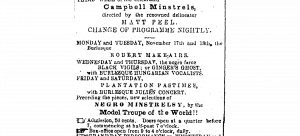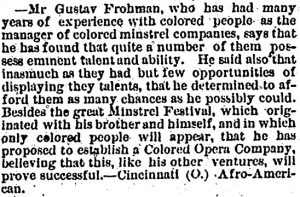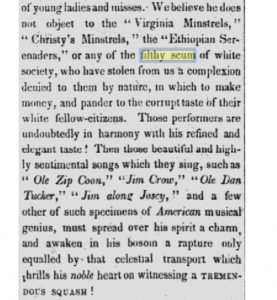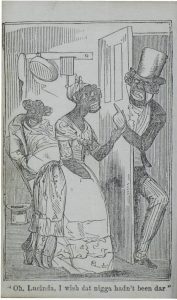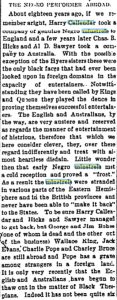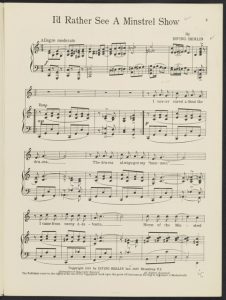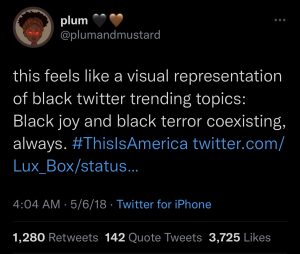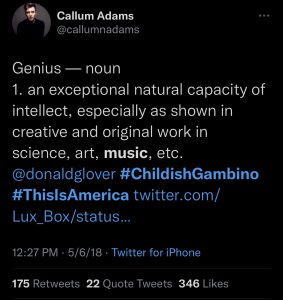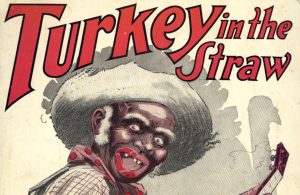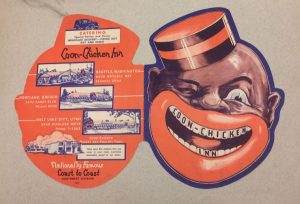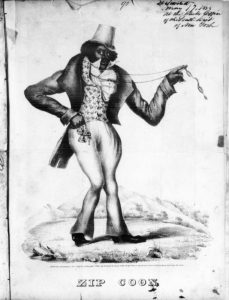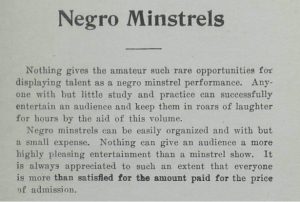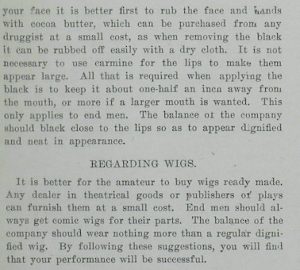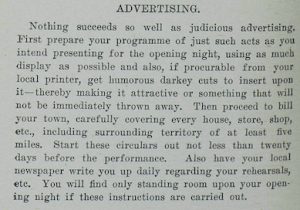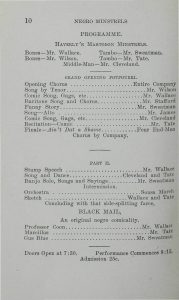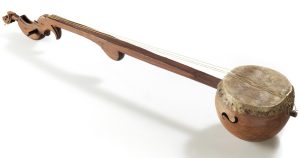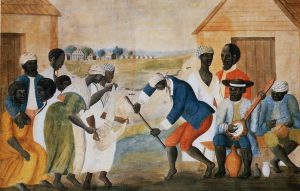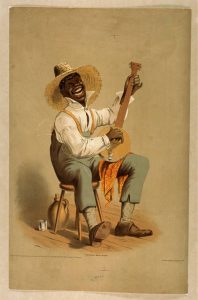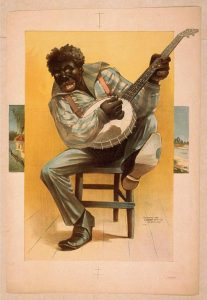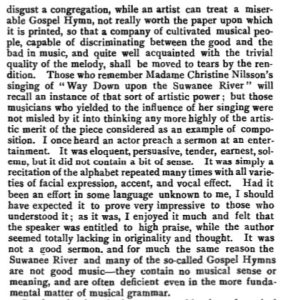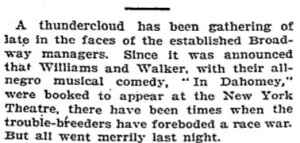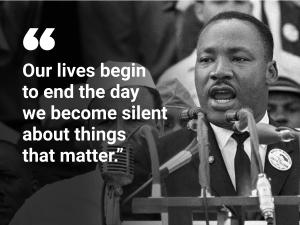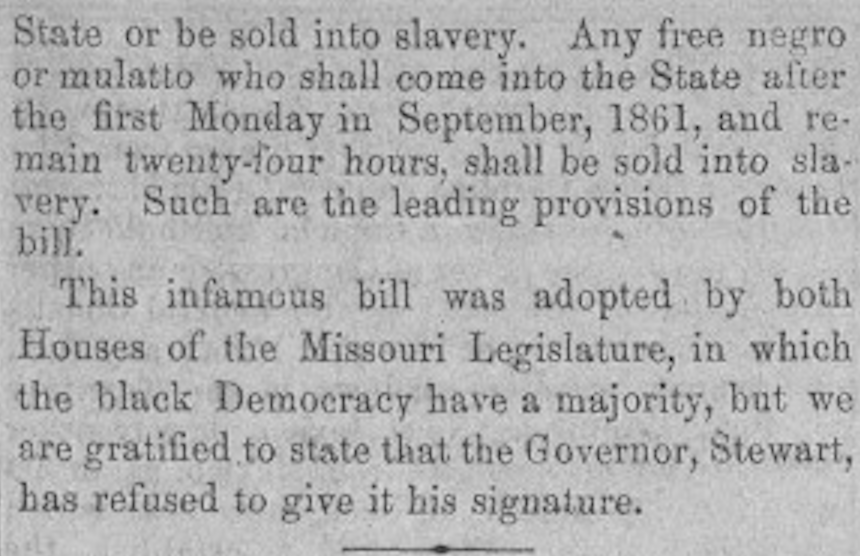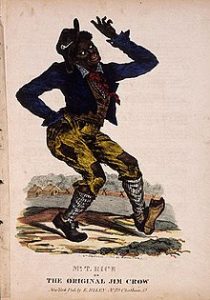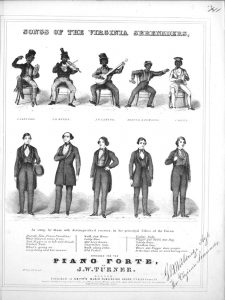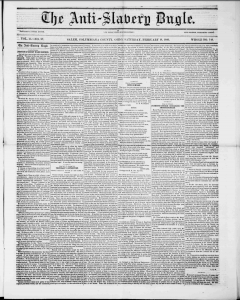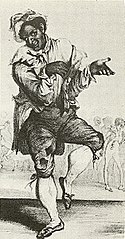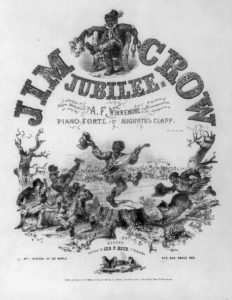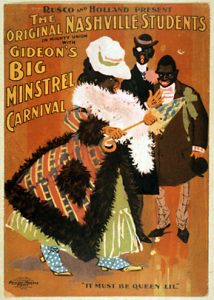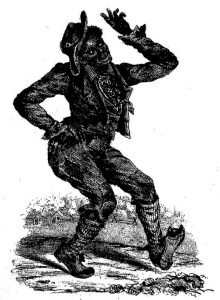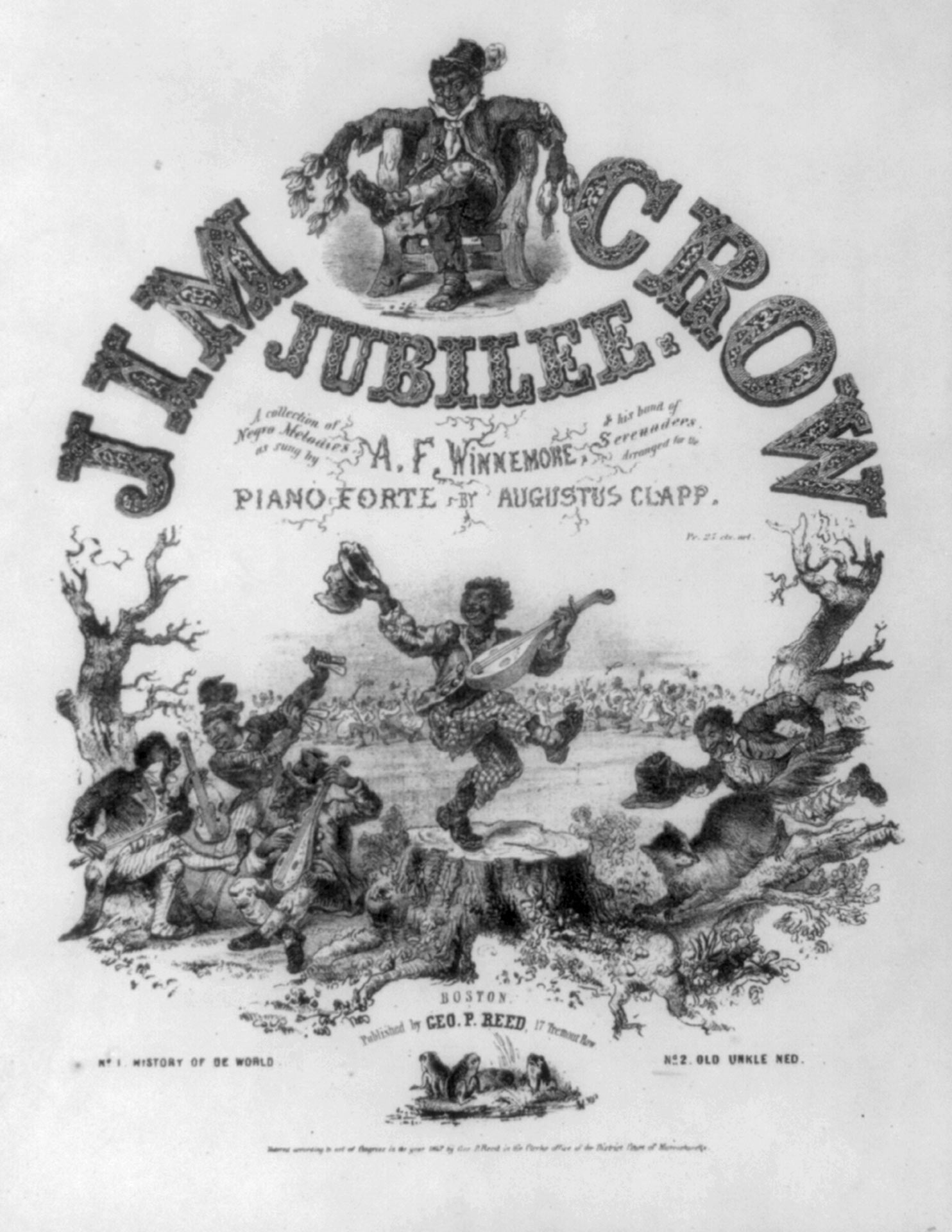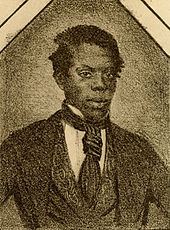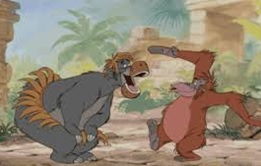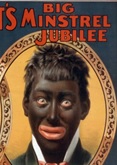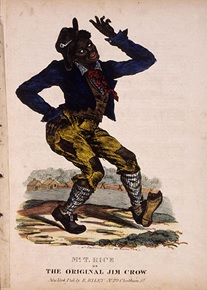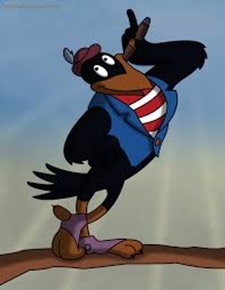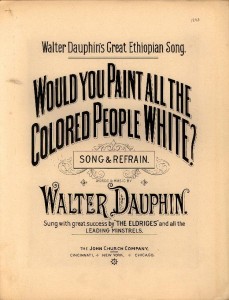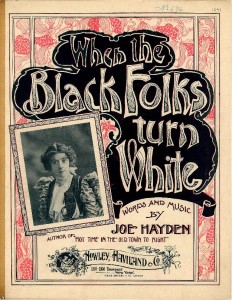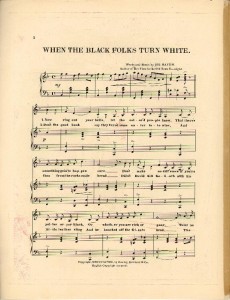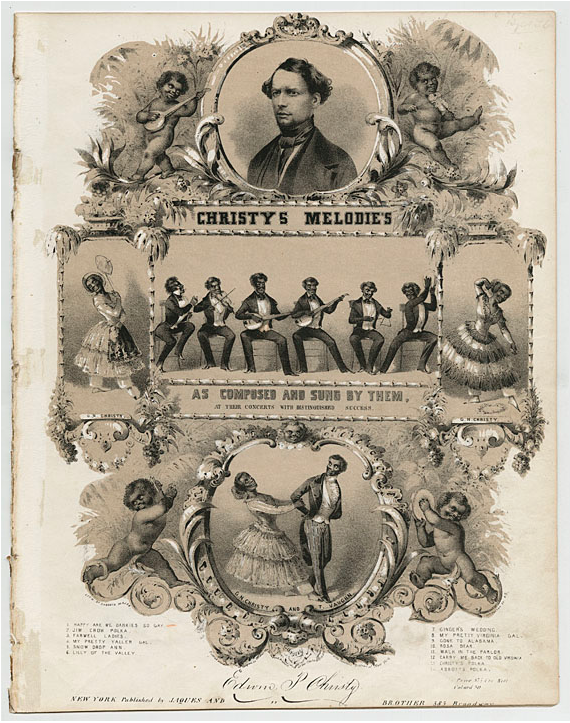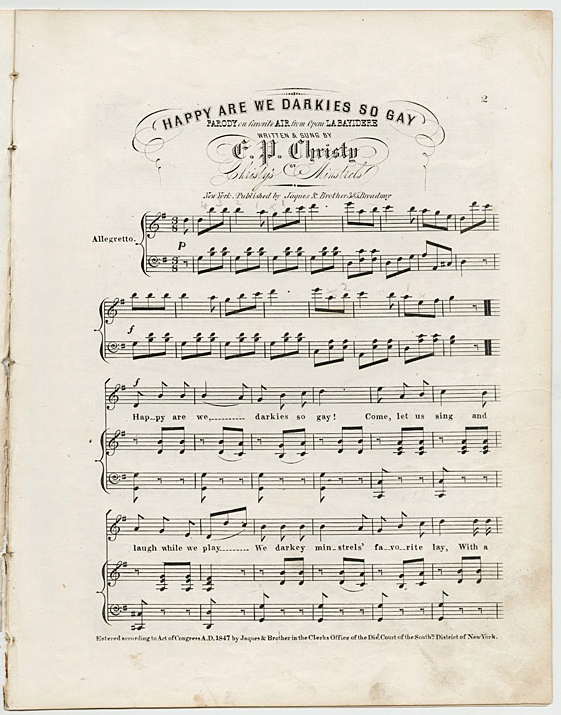The Plaindealer, a newspaper of Topeka, Kansas, built to serve its African-American population, no longer exists. It died some thirty years after its owner, Nick Chiles, passed away. It was, as the Kansas Historical society states, “among the strongest Black newspapers in the nation, and the longest running.” It ran for over 50 years, from 1899 to 1958.
Newspapers in general are an excellent example of something that existed for an incredibly long time and almost immediately died with the rise of the digital age. The Plaindealer wrote about their predictions for the future of entertainment in their 1931 article about Blackface in entertainment.

The Cover of the January 31st, 1931 edition of the Topeka Plaindealer. The headline reads “Does Black Face Acting Expert a Magic Spell over American Audiences?”
by George Santa
In this edition of the Plaindealer, Santa writes about the popularity of Blackface acting in films of the time. He writes that “It seems peculiarly significant that blackface acting has had such tremendous acceptance in the United States. There appears to be some degree of actual “luck” attendant upon all those who have adopted it.” Throughout the article, he lists and highlights different actors who have achieved great success from making use of blackface, including Al Jolson, Correll and Gosden, the creators of incredibly popular Radio Sitcom “Amos n’ Andy”, Ethel Barrymore, and Eddie Cantor. Bert Williams was highlighted several times throughout, often as a “predecessor” and a model for other blackface actors.
At the very end of the article, Santa considers the success that blackface and minstrelsy has granted its actors. He calls to attention how frankly odd the practice is. He writes that “The whole condition is one which would lend itself undoubtedly to the analysis of psychological experts. It has no counterpart either here or abroad.” He never explains why blackface might be so popular among audiences, but he does make very clear that the audience demands what the actors are putting out, not the other way around. Actors were putting on blackface in reaction to what people demanded. He offers one possible reasoning at the very end. “The tragic condition of the American Negro in the popularity of the blackface artist paradoxically gives rise to a much more hilariously funny form of entertainment than any situation in the United States. Nor does the acceptability show any signs of abating,” Santa writes.
Santa’s article on the film industry provokes quite some thought. Why did audiences find blackface so entertaining? At what point did actors like Ethel Barrymore decide to cave and blacken their faces in order to find success? Did they realize what they were doing was morally dubious, to say the least? The article serves an interesting purpose, which is to let the reader wonder about these questions themselves, as it offers little explanation, and focuses primarily on exposing these popular actors for donning blackface. After all, the title asks “Does Blackface”, rather than “Why does Blackface”. I can only assume the answer that Santa offers is yes.
“Nick Chiles – Kansapedia – Kansas Historical Society.” www.kshs.org, www.kshs.org/kansapedia/nick-chiles/12009.
Plaindealer, vol. XLV, no. 52, 31 Jan. 1931, p. [1]. Readex: African American Newspapers, https://infoweb.newsbank.com/apps/readex/openurl?ctx_ver=z39.88-2004&rft_id=info%3Asid/infoweb.newsbank.com&svc_dat=EANAAA&req_dat=102FE1F6CA316FA2&rft_val_format=info%3Aofi/fmt%3Akev%3Amtx%3Actx&rft_dat=document_id%3Aimage%252Fv2%253A12A7EF1A4AC47F2D%2540EANAAA-12CCEC444EB02D78%25402426373-12CCEC4453715F08%25400. Accessed 10 Oct. 2024.

